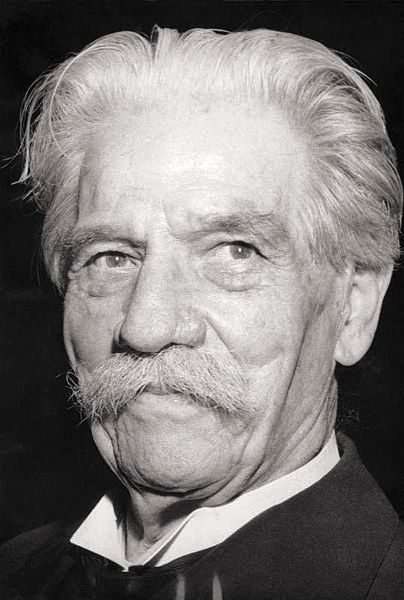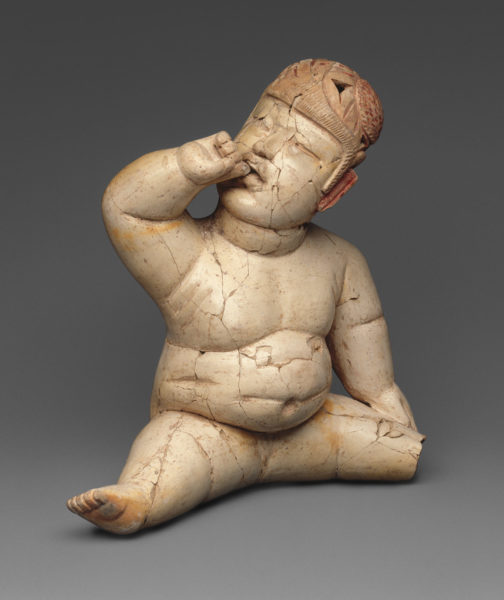A few nights ago, I experienced a very strong encounter with my recently deceased Russian Blue, Bluebell. I was awake in bed around 4 o’clock in the morning–the witching hour when the veil is supposedly at its thinnest–when I felt something furry touch my left arm. I grabbed the fur and turned my head to see and there was Bluebell. I grabbed more of her body and was amazed by how solid and real she felt. Then she slowly disappeared. Thanks for letting me know you are okay and just as real as you ever were in your physical life, Bluebell!
Enjoy the second of our three-part series on the mysterious Olmecs!
Me: Why did they have to leave the southern part of Africa and come all the way across the ocean to Mexico?
Erik: Sacred and safety.
Kim: What’s sacred?
Erik: To keep their own close-knit civilization sacred and also to be safe.
Kim: I’m not sure what they were running from.
Me: What were they running from, Erik? Try to give her words instead of images so I can get more of a conversation from you.
Erik: There were threats to their kind, their civilization, their rituals, their routines, their practices. People didn’t understand them, and those who were not Olmecs were threatened by them.
Kim: The feeling he’s giving me is like shunning them.
Me: Oh, so they were persecuted. Is that why? Is it much the same as how people immigrated to America for the first time because they were persecuted back in England? Is it that sort of thing?
Erik: Yeah, Mom, because they were different. People didn’t understand them.
Kim: They must have looked very different, physically, because he shows me that when people looked at them, physically, they felt threatened. They felt intimidated by them and shunned them. I feel like they were physically threatened and harmed.
Me: Well what was so threatening about their physical appearance? Were they very big? Did they actually have big heads? I mean, what was it about their physical appearance?
Kim: He takes me from the shoulders, up.
Erik: They had very broad shoulders that were very disproportionate to the rest of civilization. So the body proportions were different. Because of their intuitive abilities—
Kim (Flustered): Okay, he’s starting to talk really fast so bear with me. He makes me feel like they were like medicine people. They’d take herbs from the earth and use that to heal people. The fact that the healing was effective was threatening to others. They didn’t understand that.
Me: Okay.
Kim: It seems like there were these little civilizations set up of the Olmecs, and people would come in and tear them apart or set everything on fire.
Me: Aw. Real quickly, back to the body disproportion. Their shoulders were broad. What else was different about them?
Kim: He’s showing me their faces. I see bigger, wider, flatter cheekbones and a bigger forehead.
Erik: Kind of like your forehead, Kim.
Kim laughs.
Me: Oh!
Kim: But it seems like the ears were a little bit smaller in proportion to the head.
Me: Okay. They did a lot of sacrifices of infants and children. Why?
Erik: These sacrificial ceremonies were related to their intuition. They were told by their guides or “gods” [to do it} and, again, that’s why they were shunned by other civilizations, other cultures. People thought they were like witches using black magic. They came under attack because of their routines and rituals. They often thought that if they gave a sacrifice of a small child, that would bring them closer to their god. It showed their sense of duty and devotion to that god. If they were capable of making such sacrifices, it must have meant, in their opinion, that they had a closer, higher connection.
Me: Okay. Now, they also apparently vanished pretty quickly around 300 BC. What happened to them?
Erik: A lot of them were killed.
Me: By what? Disease? Other native tribes?
Erik: Mostly by people from other cultures who felt threatened by them. Some were killed by disease, but not by a huge number.
Kim: I don’t know if you know anything about this, but he keeps talking about them being very matriarchal.
Me: I was wondering about that!
Kim: He said the culture was very matriarchal. I’m sorry. I’m using the wrong word!
Erik: No you’re not!
Kim chuckles.
Me: Matriarchal, not patriarchal?
Kim: Yeah, I was going to say that, but this isn’t right because he’s showing me a male, so patriarchal. So I told him, ‘I’m using the wrong word, matriarchal,’ and he said, “No you’re not.”
Me: So there were women that looked like men?
Kim: That’s what I’m trying to figure out because he’s showing me these big strong energies that feel masculine.
Erik: Well, they were.
Kim: He’s arguing with me.
Erik: The women were bigger than they are now, but they were also big, energetically.
Me: Did they have any connection to aliens like the Mayans who had their little connection to aliens?
Erik: Not a lot.
Me: Was there any?
Kim: When you said, “Mayan,” that resonated more but with the Olmecs, not much.
Me: Well, was there some connection or none?
Kim: Only that there was a mutual awareness [of each other’s existence.]
Me: Okay. So they were just aware of each other’s existence? That’s it?
Erik: Pretty much.
Me: Okay. How in the world were these giant, multi-ton heads made and moved sometimes up to 80 miles away?
Kim: He’s showing me these very primitive images of moving, and he’s literally showing me if you were to lay down a bunch of logs or rocks or something that would move no matter how heavy sometime was. As long as you could get the momentum going, the movement happened. That’s what he’s showing me. It’s literally not like something out of the Flintstones! Laying down a bunch of logs, and once you get so far, you have to put them in front again.
Me: Yeah, right. Right.
Kim: Interesting. Really hard work.
Me: Yeah, was it mostly downhill? That might have helped!
Erik laughs at me.
Kim: Yeah, was it mostly downhill?
Erik: Not always!
Kim: He’s also showing me vines. I’m not sure what kind of trees, but the vines were very strong. Not rope.
Me: Like Tarzan vines.
Kim: Yeah, strong vines to create a pulley system. They were very smart. Very creative and very smart with the resources that they had.
Me: How did they make [the heads?] Did they just, uh what did they use to etch the image of the face and create the whole thing?
Kim: He’s showing me a sharp edge of a rock. This must have been really primitive times because he’s showing me taking a rock and cracking it against another rock to create a sharp edge.
Me: Okay.
Kim: Then they used that sharp edge to make tools, to carve, to do whatever they needed to. To kill.
Me: Okay. Well, they were pretty advanced for being from so long ago.




